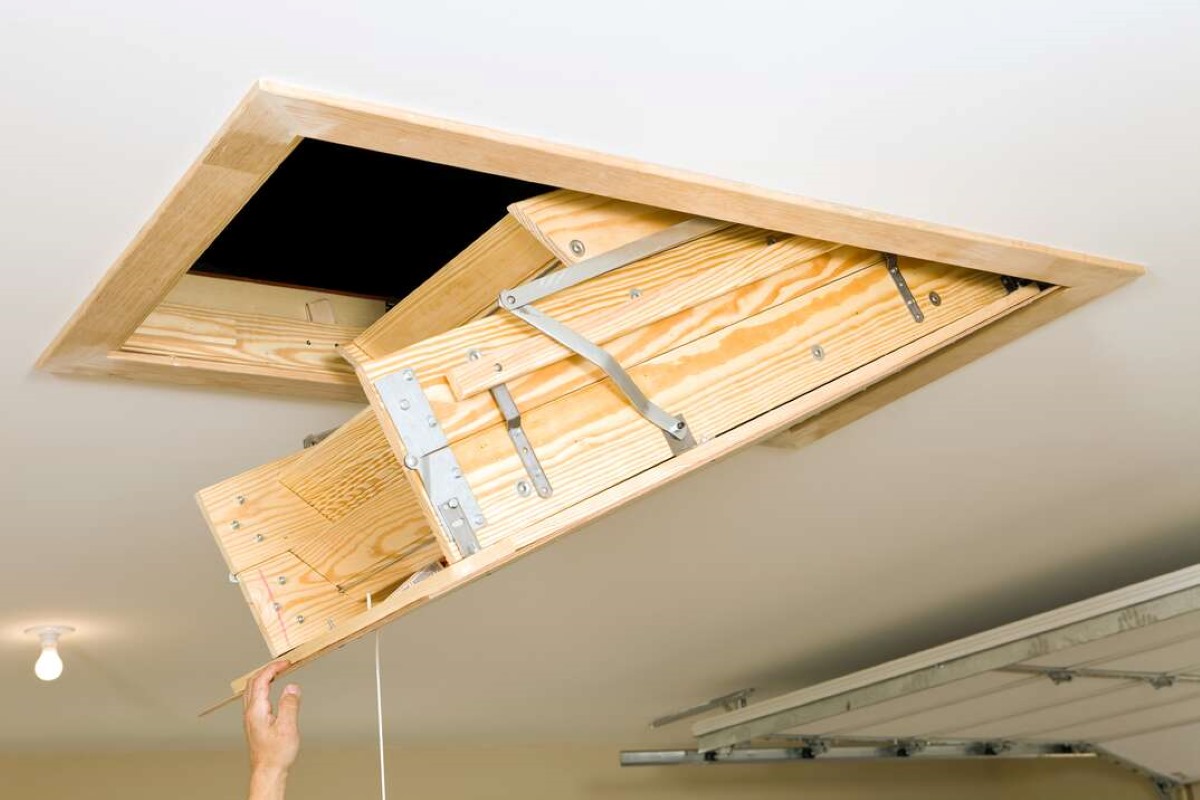

Articles
How To Replace An Attic Ladder
Modified: December 7, 2023
Learn how to replace an attic ladder with this comprehensive guide. Find step-by-step instructions and tips for a successful DIY project. Articles.
(Many of the links in this article redirect to a specific reviewed product. Your purchase of these products through affiliate links helps to generate commission for Storables.com, at no extra cost. Learn more)
Introduction
Welcome to this comprehensive guide on how to replace an attic ladder. Whether you are upgrading an outdated ladder or need to replace a damaged one, this step-by-step tutorial will provide you with all the information you need to successfully complete the task.
An attic ladder is an essential element for accessing your attic space safely and conveniently. Over time, the ladder may wear out, become unstable, or simply not meet your needs anymore. By following the instructions in this guide, you can easily replace your old attic ladder and ensure a secure and efficient access point to your attic.
Before diving into the process, it’s important to gather all the necessary tools and materials. Having everything ready in advance will help streamline the replacement process and prevent any delays. As with any DIY project, safety should be your top priority. Be sure to take necessary precautions and follow proper safety procedures while working on the project.
So, let’s get started! In the following steps, we will guide you through measuring and removing the old attic ladder, preparing the attic opening, installing the new ladder, securing and adjusting it, insulating and finishing the opening, and finally, testing and maintaining your newly replaced attic ladder.
Key Takeaways:
- Properly replacing an attic ladder involves gathering the right tools, measuring and removing the old ladder, preparing the opening, installing the new ladder, and ensuring insulation and finishing for energy efficiency.
- Regular maintenance and testing of the new attic ladder are essential for long-term safety and functionality. Inspecting for wear, testing stability, and maintaining insulation contribute to a secure and efficient attic access point.
Read more: How To Replace Attic Ladder Hinge Arms
Step 1: Gather Tools and Materials
Before you begin replacing your attic ladder, it’s important to gather all the necessary tools and materials. Having everything prepared in advance will make the process smoother and more efficient. Here are the tools and materials you will need:
- A new attic ladder kit (make sure it matches the specifications of your existing opening)
- Tape measure
- Pencil or marker
- Safety goggles
- Gloves
- Drill
- Screwdriver
- Saw (if necessary to adjust the opening size)
- Pry bar or crowbar
- Hammer
- Caulk or foam insulation
- Insulation material (fiberglass or foam board)
- Nails or screws
- Safety ladder straps (optional, for added stability)
Once you have gathered all the necessary tools and materials, you will be fully prepared to replace your attic ladder. Take a moment to ensure that you have everything on the list, as it will save you time and prevent any interruptions during the process.
It’s also worth mentioning that if you are unsure about any specific tools or materials needed for your particular attic ladder replacement, refer to the manufacturer’s instructions that come with the ladder kit. They will often provide a detailed list of required tools and materials tailored to their product.
Now that you have all the tools and materials ready, let’s move on to measuring and removing the old attic ladder in Step 2.
Step 2: Measure and Remove Old Attic Ladder
Before installing the new attic ladder, it’s crucial to accurately measure the existing opening and safely remove the old ladder. Follow these steps to ensure a proper fit for your new ladder:
- Start by measuring the dimensions of the existing attic ladder opening. Use a tape measure to measure the width and length of the opening. Write down these measurements for reference when selecting a new ladder kit.
- Once you have the measurements, it’s time to remove the old attic ladder. Begin by clearing any objects or debris that may be blocking access to the ladder. This will make the removal process easier and safer.
- Put on your safety goggles and gloves to protect yourself during the removal process. You may also want to lay down a drop cloth or tarp beneath the ladder to catch any dust or debris.
- Inspect the old ladder for any screws, nails, or brackets that hold it in place. Use a screwdriver or drill to carefully remove these fasteners, taking care not to damage the surrounding area.
- Once the fasteners are removed, gently slide or lower the old ladder from the attic opening. Take your time and ensure that it is removed without causing any damage to the surrounding walls or ceiling. Enlist the help of a friend or family member if necessary.
- Once the old ladder is successfully removed, inspect the attic opening for any damage or wear. If there are any loose boards or protruding nails, fix them before moving on to the next step.
By accurately measuring the opening and safely removing the old attic ladder, you are now ready to move on to preparing the attic opening in Step 3. Taking these initial steps with care will ensure a smooth and successful attic ladder replacement process.
Step 3: Prepare the Attic Opening
With the old attic ladder removed, it’s time to prepare the attic opening for the installation of the new ladder. Follow these steps to ensure a properly prepared and secure opening:
- Start by cleaning the attic opening and removing any debris or dust. Use a vacuum or broom to thoroughly clean the area, ensuring a clean and smooth surface for the installation.
- Inspect the surrounding area for any damage or decay. Check for any cracked or loose boards and address them before proceeding with the installation.
- If the existing opening does not match the dimensions of the new ladder, you may need to resize it. Carefully measure and mark the new desired opening dimensions using a pencil or marker.
- If resizing is required, use a saw to carefully cut the attic opening to the new dimensions. Follow the marked lines and ensure a clean and straight cut. Take your time and use caution to avoid any unnecessary damage.
- After resizing, sand the edges of the cut opening to smooth out any rough or sharp edges. This will prevent any potential injuries during installation and use of the new attic ladder.
- Next, check the level of the attic opening. Use a carpenter’s level to ensure that the opening is perfectly level both horizontally and vertically. If adjustments are needed, use shims or additional insulation to level the opening.
- Once the attic opening is clean, properly sized, and level, it’s time to insulate the surrounding area. Apply caulk or foam insulation around the edges of the opening to seal any gaps and prevent air leakage.
- If additional insulation is required to improve energy efficiency, install fiberglass or foam board insulation around the attic opening. Cut the insulation to fit and secure it in place using nails or screws.
Preparing the attic opening is a crucial step in ensuring a secure and well-insulated installation for your new attic ladder. By following these steps carefully, you will create a sturdy and properly prepared opening that is ready for the installation process.
Step 4: Install New Attic Ladder
Now that the attic opening is properly prepared, it’s time to install the new attic ladder. Follow these steps to ensure a successful and secure installation:
- Begin by carefully positioning the new attic ladder near the opening. Make sure it is aligned properly and in the correct orientation for installation.
- Refer to the manufacturer’s instructions for your specific ladder kit to determine the necessary placement and installation steps.
- With the help of a friend or family member, carefully lift the ladder and position it into the attic opening. Take your time to ensure that it is placed securely and aligned properly.
- Once the ladder is in position, check for any misalignments or gaps between the ladder frame and the attic opening. Use shims or additional insulation to adjust and fill any gaps, ensuring a snug fit.
- Follow the manufacturer’s instructions to secure the ladder in place. This may involve screwing the ladder frame into the surrounding structure or using brackets provided with the kit.
- Use a drill or screwdriver to tighten the screws or fasteners, ensuring that the ladder is securely attached and stable.
- Double-check the level of the ladder to ensure it is aligned properly. Use a carpenter’s level to make any necessary adjustments and ensure that the ladder is perfectly level both horizontally and vertically.
Installing the new attic ladder may require some adjustments and careful positioning, especially to achieve a proper fit and alignment. Taking the time to follow the manufacturer’s instructions and double-check the level will result in a secure and stable installation.
Once the new attic ladder is installed and secure, proceed to Step 5 to learn how to properly secure and adjust the ladder for optimal functionality.
When replacing an attic ladder, measure the dimensions of the existing opening to ensure the new ladder will fit properly. This will save you time and effort during installation.
Read more: How To Close Attic Ladder
Step 5: Secure and Adjust the Ladder
After the new attic ladder is installed, the next step is to properly secure and adjust it to ensure optimal functionality and safety. Follow these steps to secure and adjust your new attic ladder:
- Start by checking the ladder’s operation. Extend and retract the ladder a few times to ensure it moves smoothly and without any obstructions.
- If your ladder kit includes safety ladder straps, now is the time to install them. These straps provide additional stability and security for the ladder. Follow the manufacturer’s instructions to securely attach the straps to the ladder and anchor them to the attic floor or ceiling.
- Next, check the ladder’s alignment and levelness. Ensure that the ladder is parallel to the floor and that the ladder steps are at a comfortable and safe angle for climbing.
- If needed, adjust the ladder’s length or position. Some ladder kits allow for adjustments to accommodate different ceiling heights or customized fit. Refer to the manufacturer’s instructions for guidance on making these adjustments.
- Check the ladder hinges for smooth operation. Lubricate them if necessary to prevent any squeaking or resistance when extending or retracting the ladder.
- Test the ladder’s weight capacity. Confirm that it can safely support your weight and any additional weight from carrying items up and down the ladder.
- Secure any loose components or fasteners. Double-check all screws and brackets and tighten them if necessary to prevent any wobbling or instability.
By properly securing and adjusting your new attic ladder, you ensure its stability and durability. Taking the time to perform these steps will provide you with peace of mind and a reliable access point to your attic space.
Once you have secured and adjusted the ladder, move on to Step 6 to learn how to insulate and finish the attic opening for optimal energy efficiency.
Step 6: Insulate and Finish the Opening
Insulating and finishing the attic opening is an important step to enhance energy efficiency and maintain a well-sealed attic space. Follow these steps to properly insulate and finish the opening:
- Start by applying a bead of caulk or foam insulation around the edges of the attic opening. This will help seal any gaps or air leaks.
- Next, cut a piece of insulation material, such as fiberglass or foam board, to fit the size of the opening. Place the insulation material against the attic opening, ensuring a snug fit.
- Secure the insulation material in place using nails or screws. Make sure the insulation covers the entire opening and overlaps the surrounding area to prevent heat loss or air leakage.
- If necessary, add additional insulation layers for optimal energy efficiency. This is especially important if your attic space is not properly insulated.
- Once the insulation is in place, it’s time to finish the opening. Use trim or molding to cover the exposed edges of the insulation and create a clean and polished look.
- Secure the trim or molding in place using nails or adhesive, ensuring a secure and neat finish.
- Apply a final layer of caulk or foam insulation around the edges of the trim or molding to seal any gaps and create a seamless and airtight seal.
- Inspect the finished opening for any remaining gaps or inconsistencies. Fill or seal them as needed to ensure maximum energy efficiency and prevent any drafts or air leaks.
Properly insulating and finishing the attic opening will help maintain a comfortable and energy-efficient living space. By taking the time to properly seal and insulate, you can minimize heat loss or gain and reduce energy costs.
With the opening insulated and finished, it’s time to move on to Step 7 to test and maintain your newly replaced attic ladder.
Step 7: Test and Maintain the Attic Ladder
After completing the installation and insulation of your new attic ladder, it’s important to test its functionality and establish a maintenance routine to ensure long-lasting performance. Follow these steps to test and maintain your attic ladder:
- Begin by thoroughly inspecting the ladder for any loose screws, hinges, or other components. Tighten any loose fasteners to ensure the ladder is secure and stable.
- Test the ladder’s operation by extending and retracting it a few times. Pay attention to any unusual sounds or resistance that may indicate a problem, and address it promptly.
- Climb the ladder and assess its stability and comfort. Ensure that the ladder steps are secure and that you can climb up and down without difficulty.
- Check the ladder’s weight capacity and make sure it can safely support your weight and any additional load you may carry during attic access.
- Regularly inspect the ladder for any signs of wear, such as loose treads or damaged hinges. Replace any worn or damaged components to maintain the ladder’s safety and functionality.
- Keep the ladder clean by regularly dusting and wiping it down with a damp cloth. Avoid using abrasive cleaners that may damage the ladder’s finish.
- Test the ladder’s stability periodically by applying gentle pressure to ensure it remains secure and doesn’t wobble or shift.
- Establish a maintenance schedule to inspect the ladder and surrounding area at least once a year. This will help identify and address any potential issues before they become major problems.
- Regularly check and replace any worn or damaged insulation around the attic opening to maintain optimal energy efficiency.
- Consider installing a ladder cover or door to further improve insulation and prevent drafts when the ladder is closed.
By regularly testing and maintaining your attic ladder, you ensure its safe and reliable use over time. A well-maintained ladder provides easy and secure access to your attic while minimizing energy loss and maintaining a comfortable living environment.
Congratulations on successfully replacing your attic ladder and completing all the necessary steps. By following this comprehensive guide, you have created a safer and more efficient access point to your attic space. Enjoy the convenience and functionality of your new attic ladder!
Remember, if you ever feel uncertain or uncomfortable with any aspect of the attic ladder replacement process, it’s always best to consult a professional for assistance.
Conclusion
Congratulations! You have successfully completed the process of replacing your attic ladder. By following the steps outlined in this comprehensive guide, you have created a secure and efficient access point to your attic space. Not only does a properly installed and insulated attic ladder provide convenient access, but it also helps maintain energy efficiency and improve the overall comfort of your home.
Throughout the process, you learned how to gather the necessary tools and materials, measure and remove the old attic ladder, prepare the attic opening, install the new ladder, secure and adjust it, insulate and finish the opening, and test and maintain your attic ladder. By taking the time to properly complete each step, you have ensured the safety and functionality of your attic ladder.
Remember to periodically inspect and maintain your attic ladder to guarantee its long-lasting performance. Regularly checking for any loose components, testing its stability, and maintaining the insulation around the attic opening will help prevent future issues and ensure optimal energy efficiency.
Replacing an attic ladder may seem like a daunting task, but by following the guidelines in this guide, you have successfully accomplished it. Now, you can easily access your attic space while enjoying peace of mind and improved home functionality.
If you have any questions or concerns about your attic ladder or any other home improvement projects, it’s always advisable to consult with a professional who can provide expert guidance and help you ensure the safety and efficiency of your home.
Thank you for following this comprehensive guide on how to replace an attic ladder. Enjoy your newly upgraded attic access and the benefits it brings to your home!
Frequently Asked Questions about How To Replace An Attic Ladder
Was this page helpful?
At Storables.com, we guarantee accurate and reliable information. Our content, validated by Expert Board Contributors, is crafted following stringent Editorial Policies. We're committed to providing you with well-researched, expert-backed insights for all your informational needs.
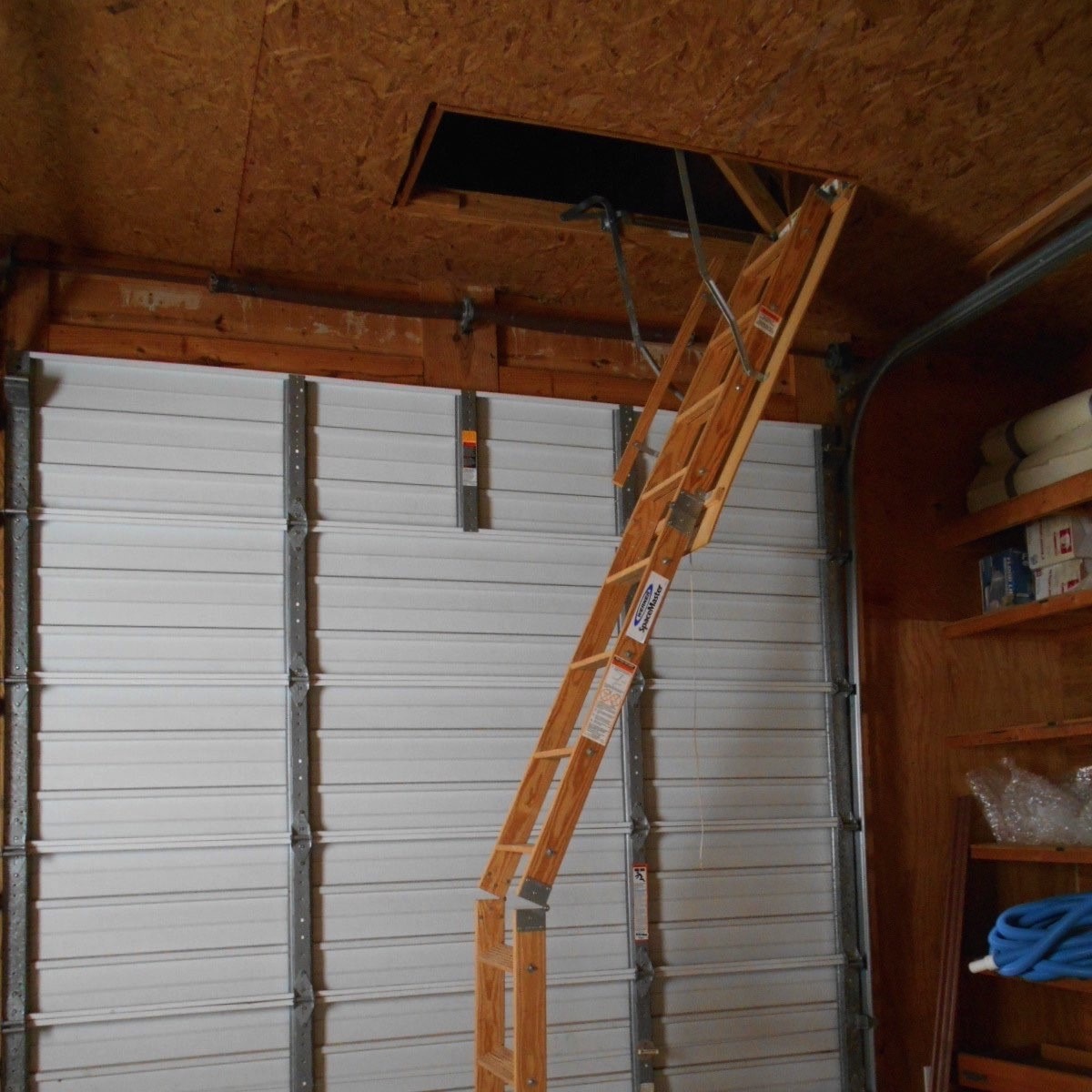
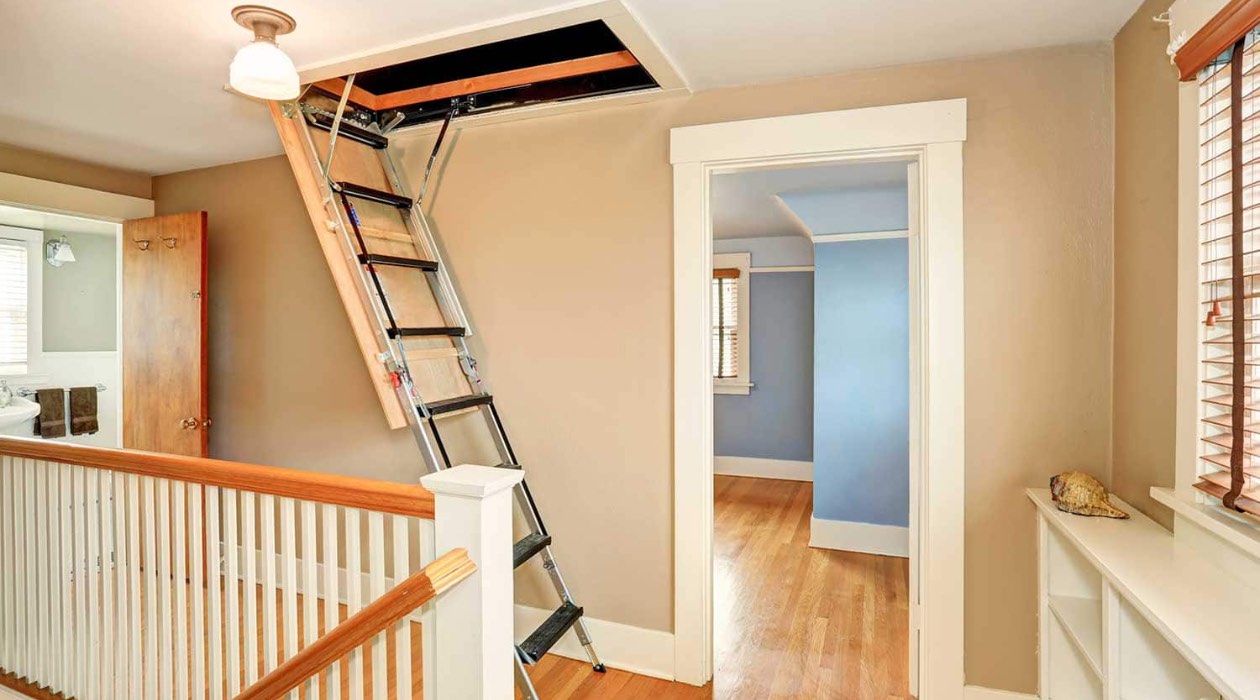

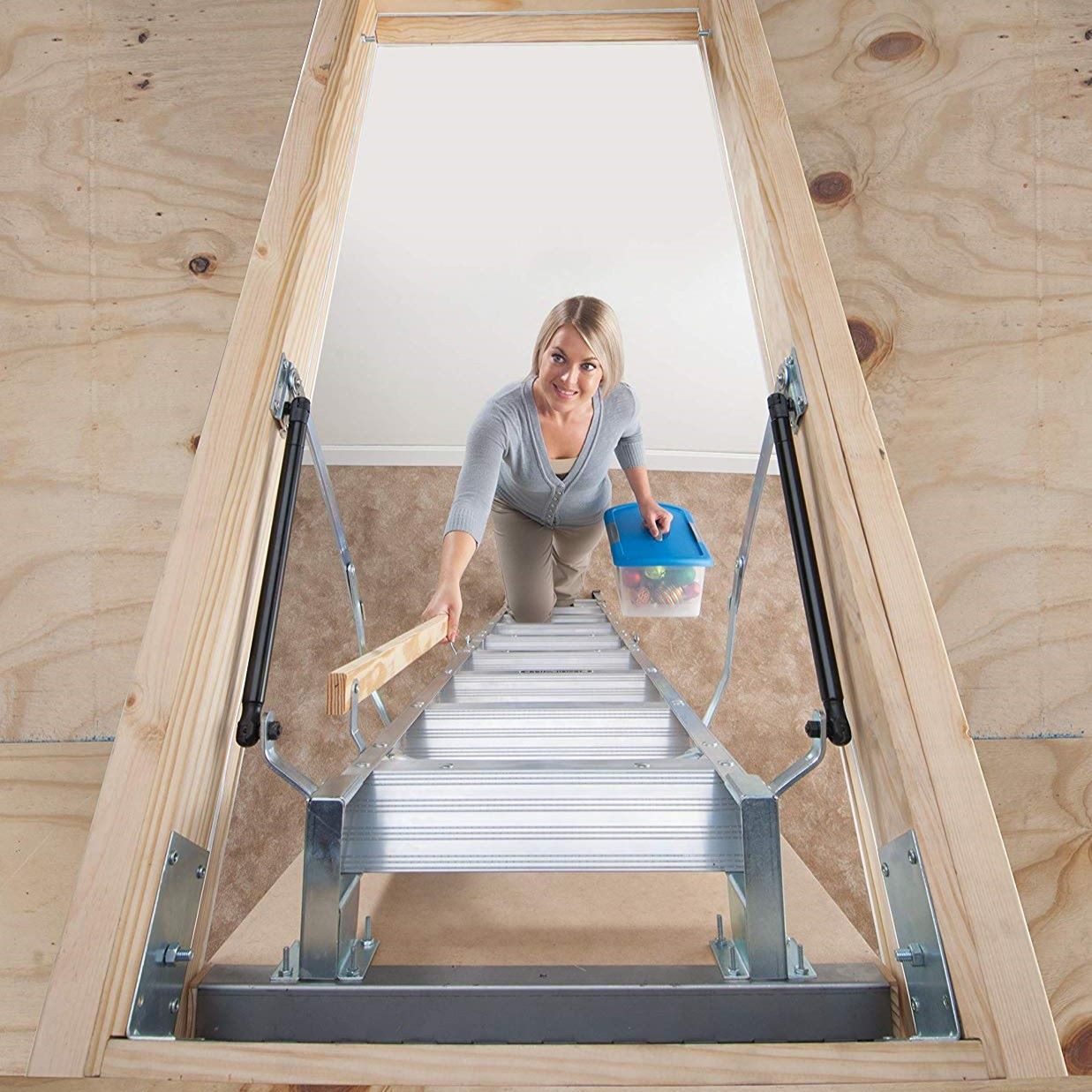
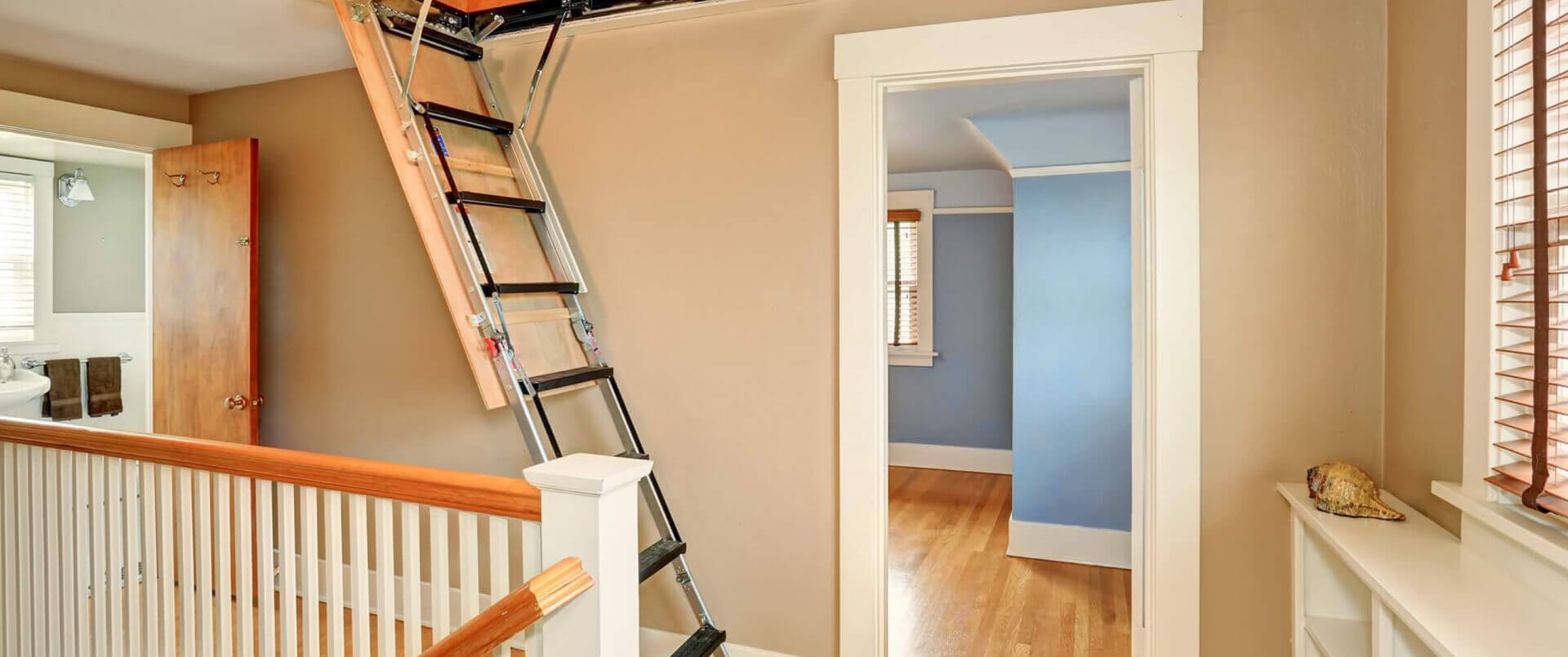
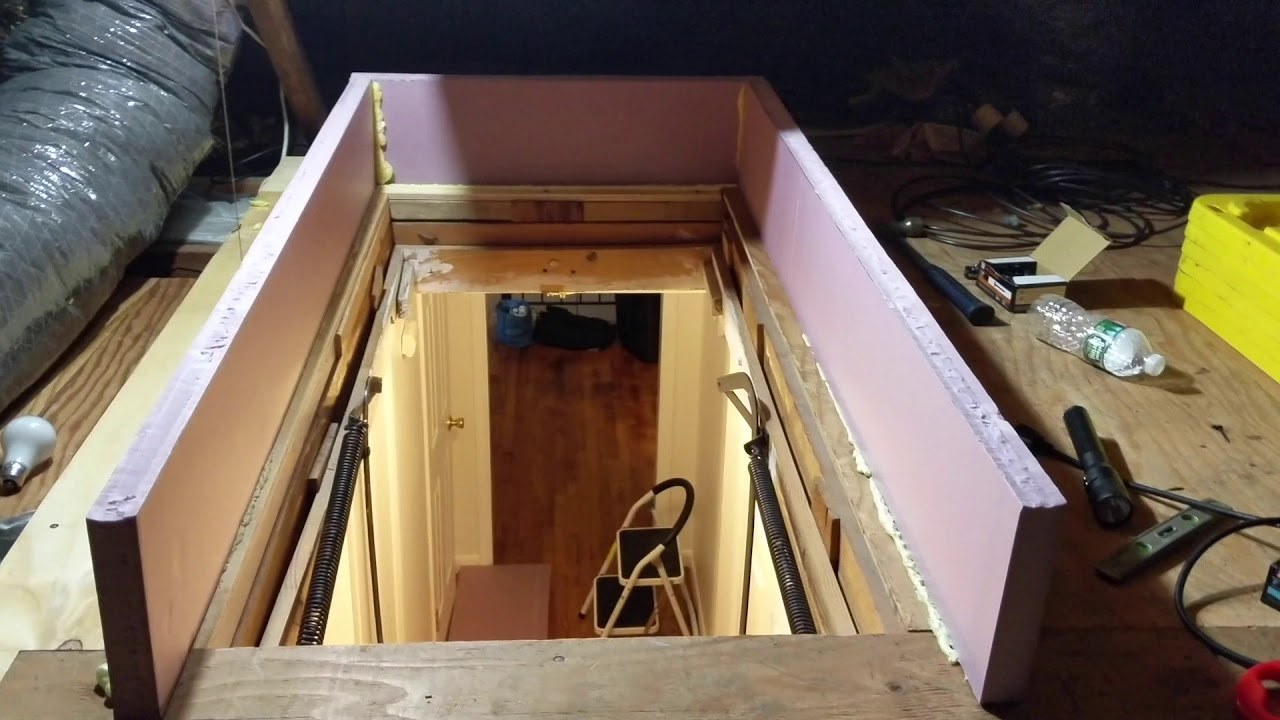
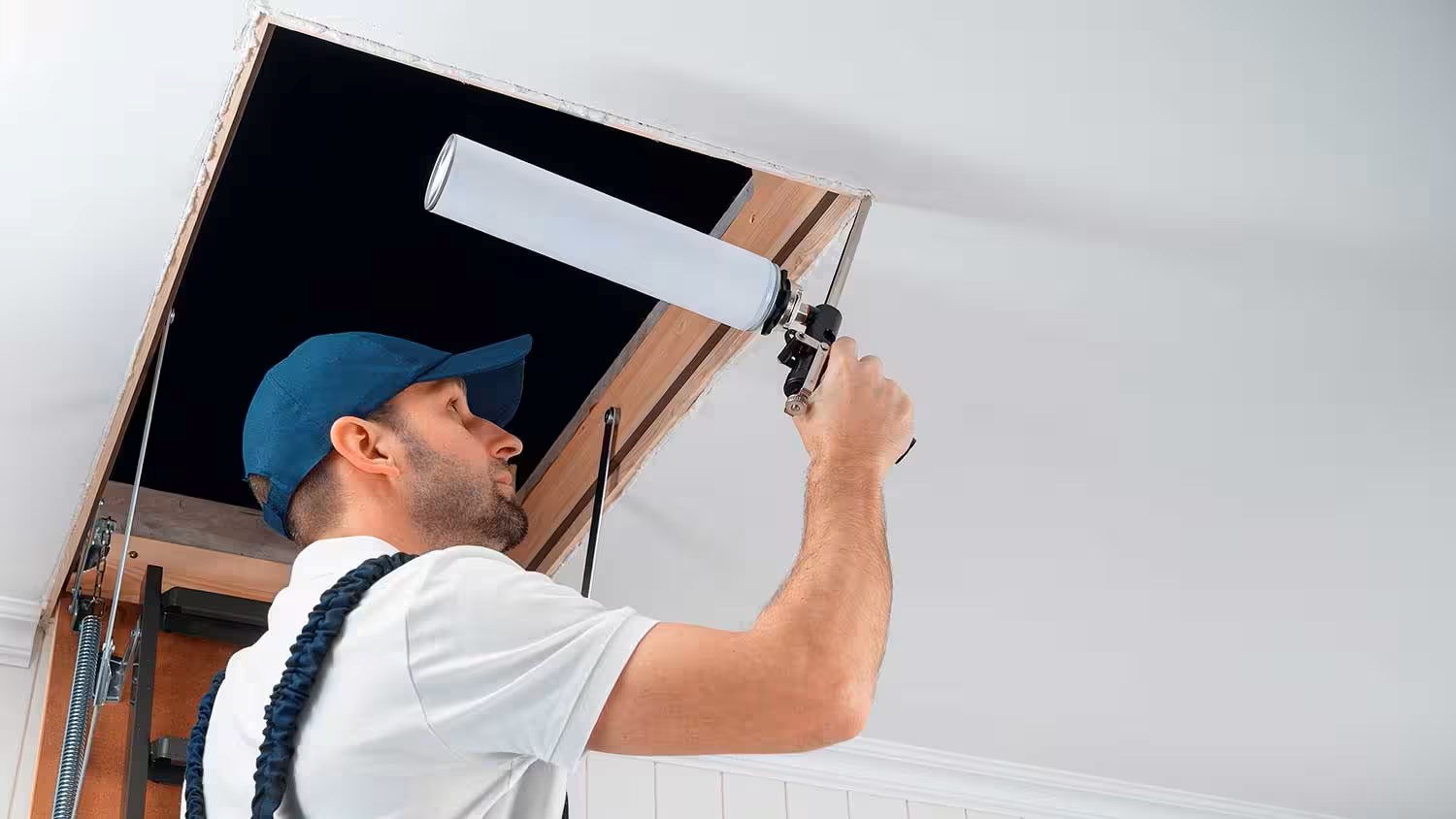
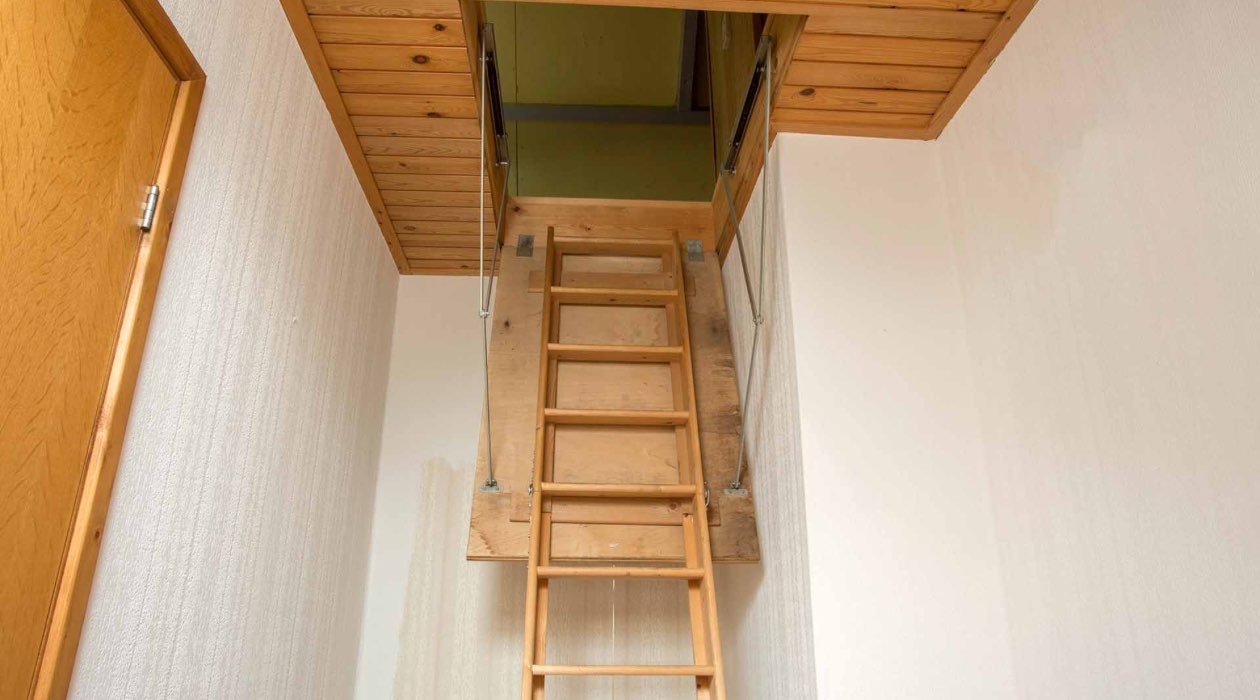
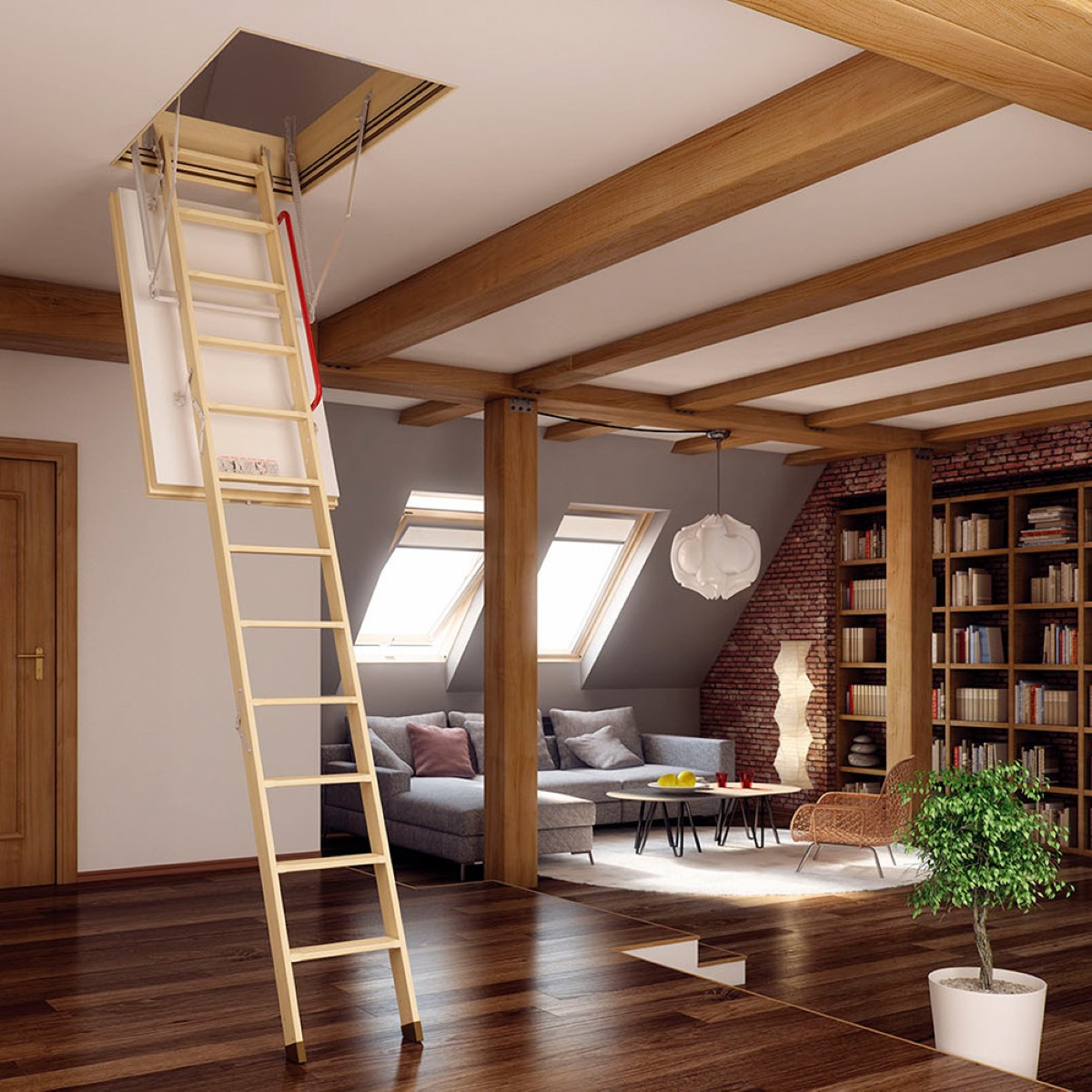
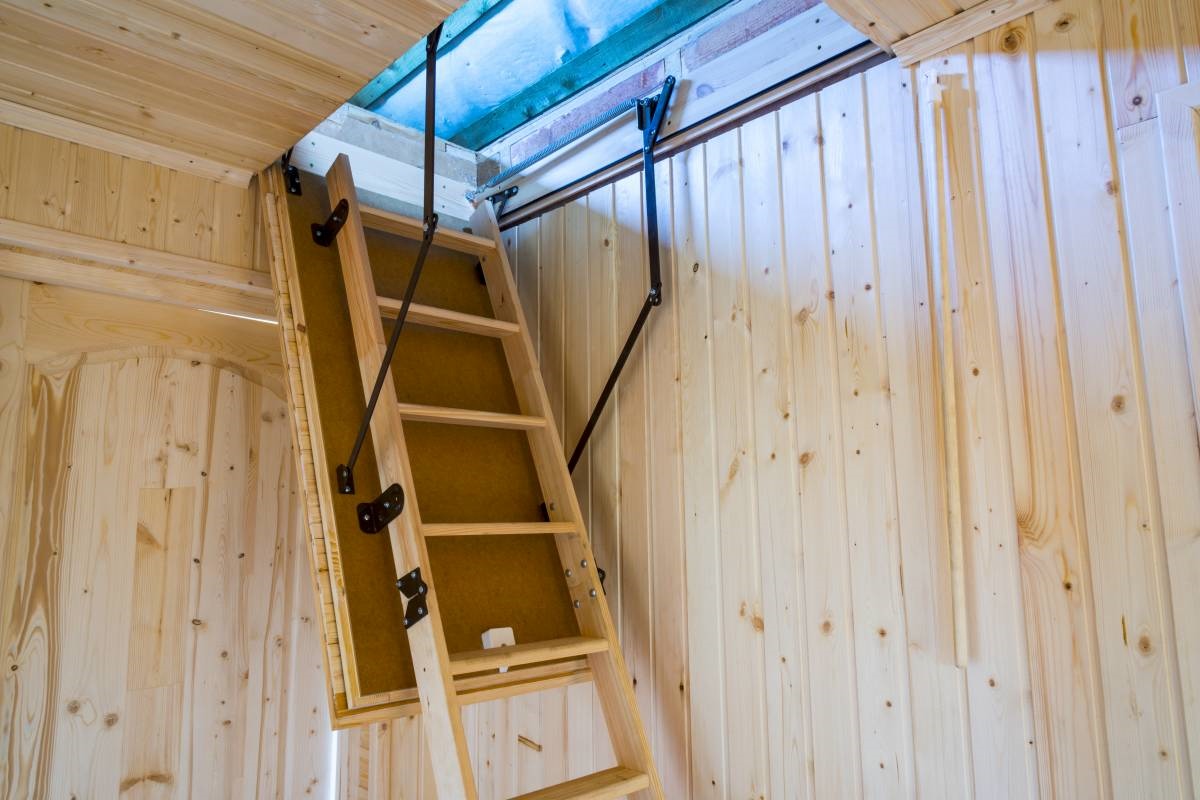
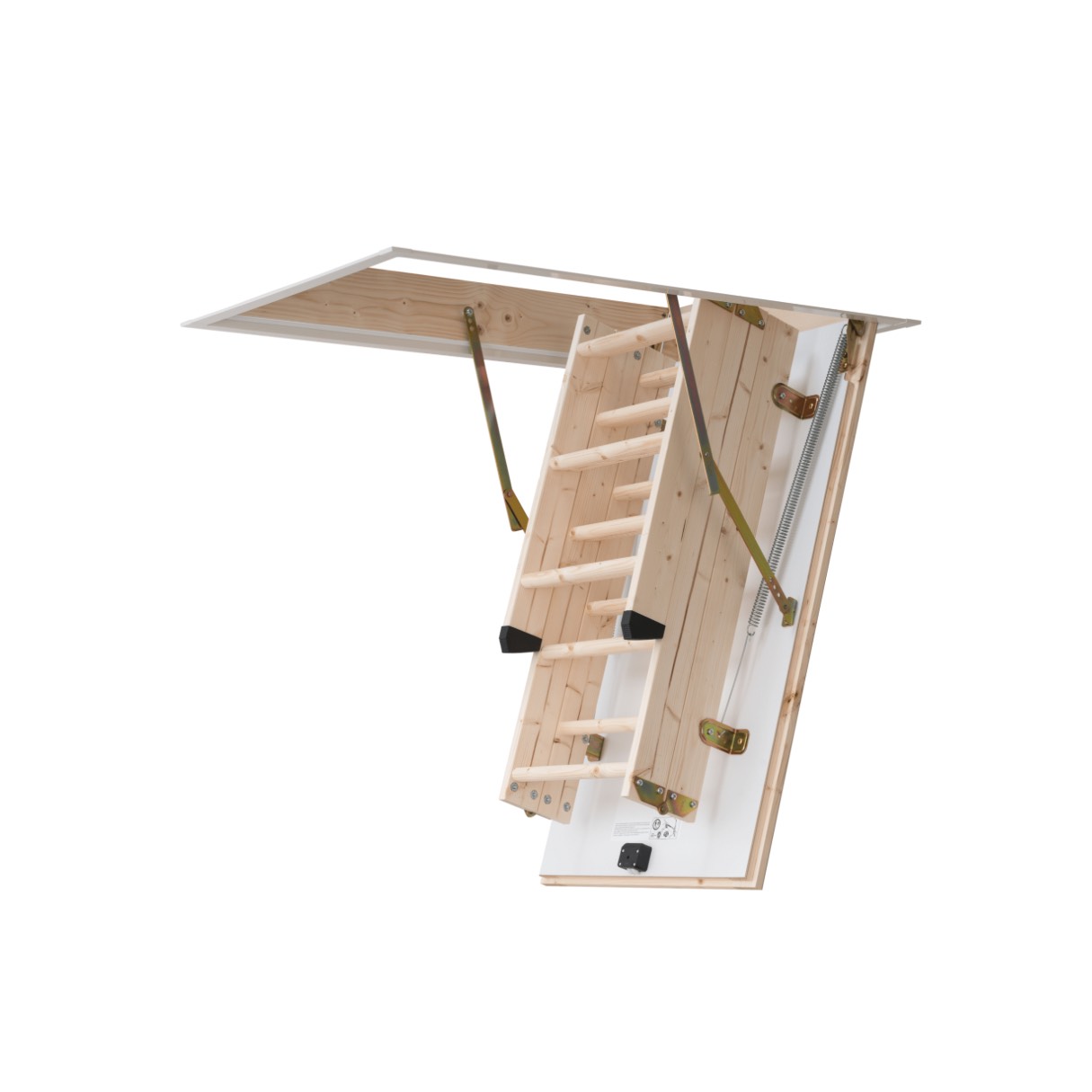
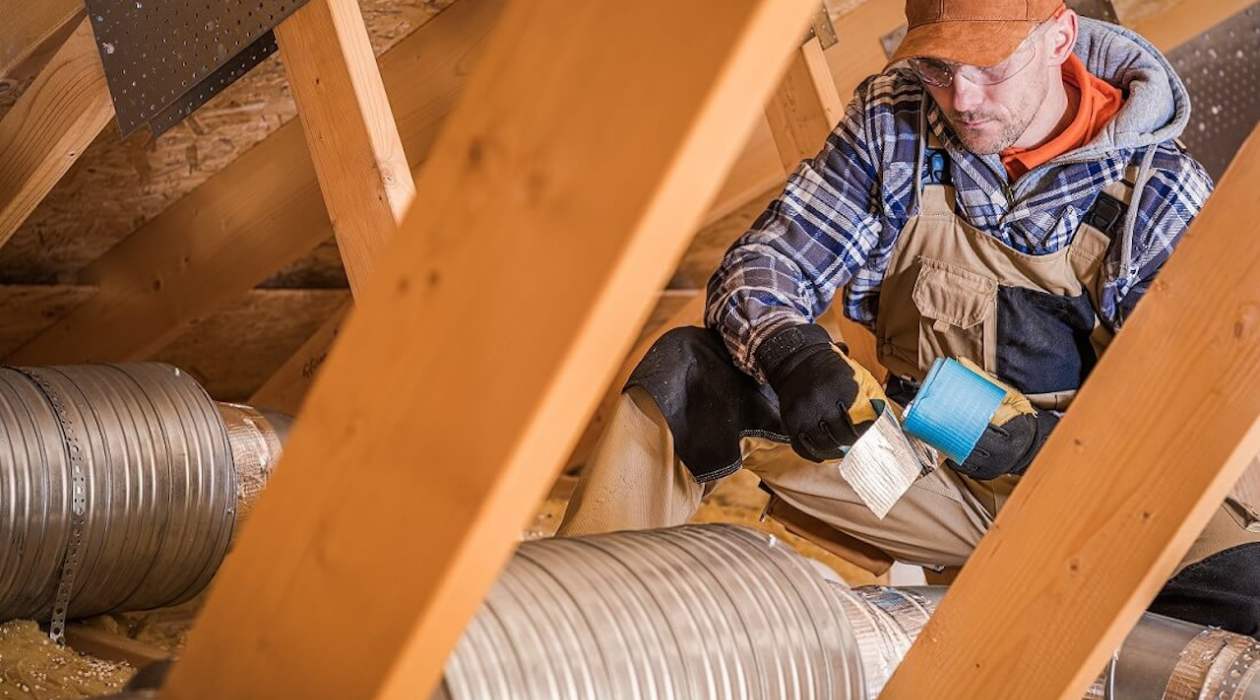
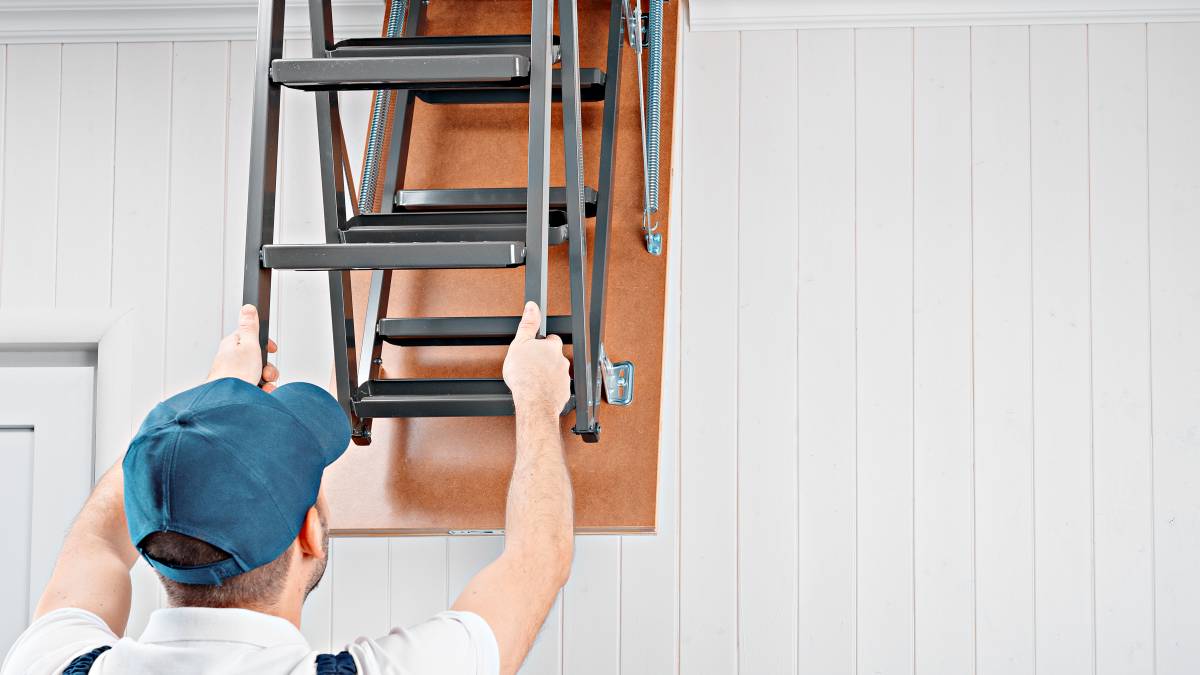
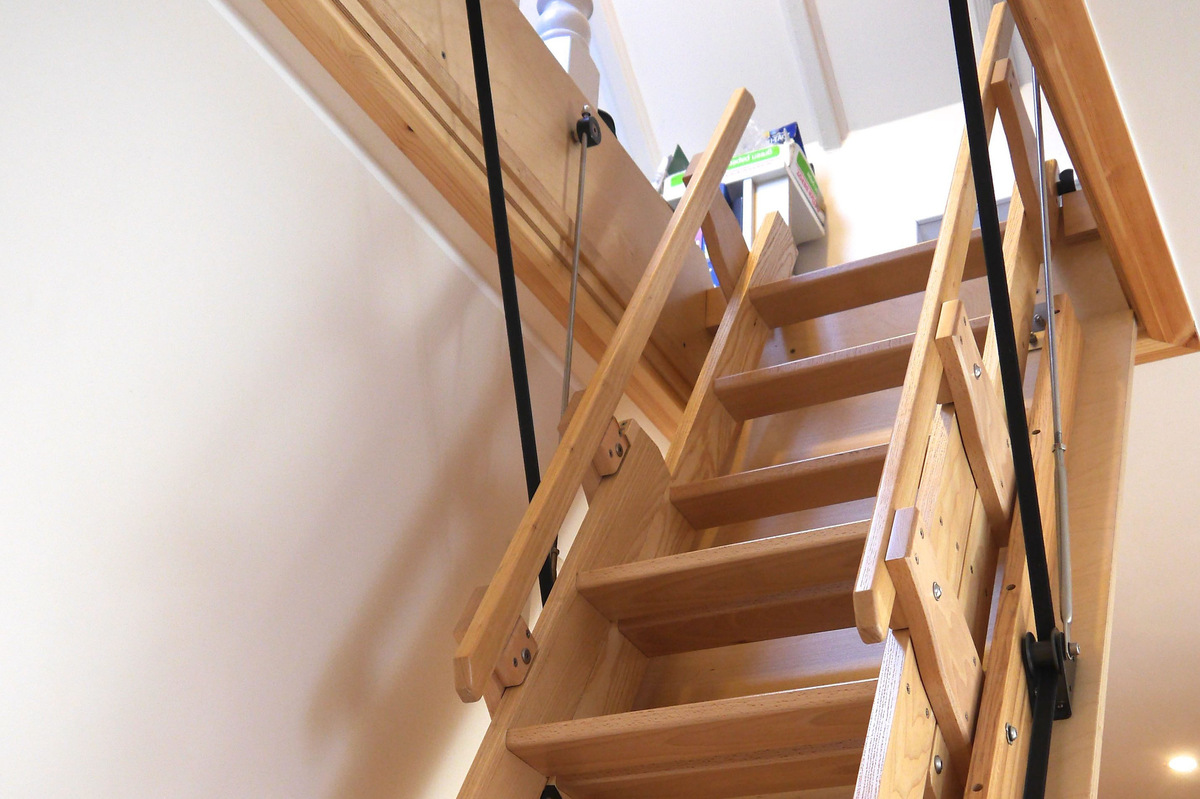

0 thoughts on “How To Replace An Attic Ladder”